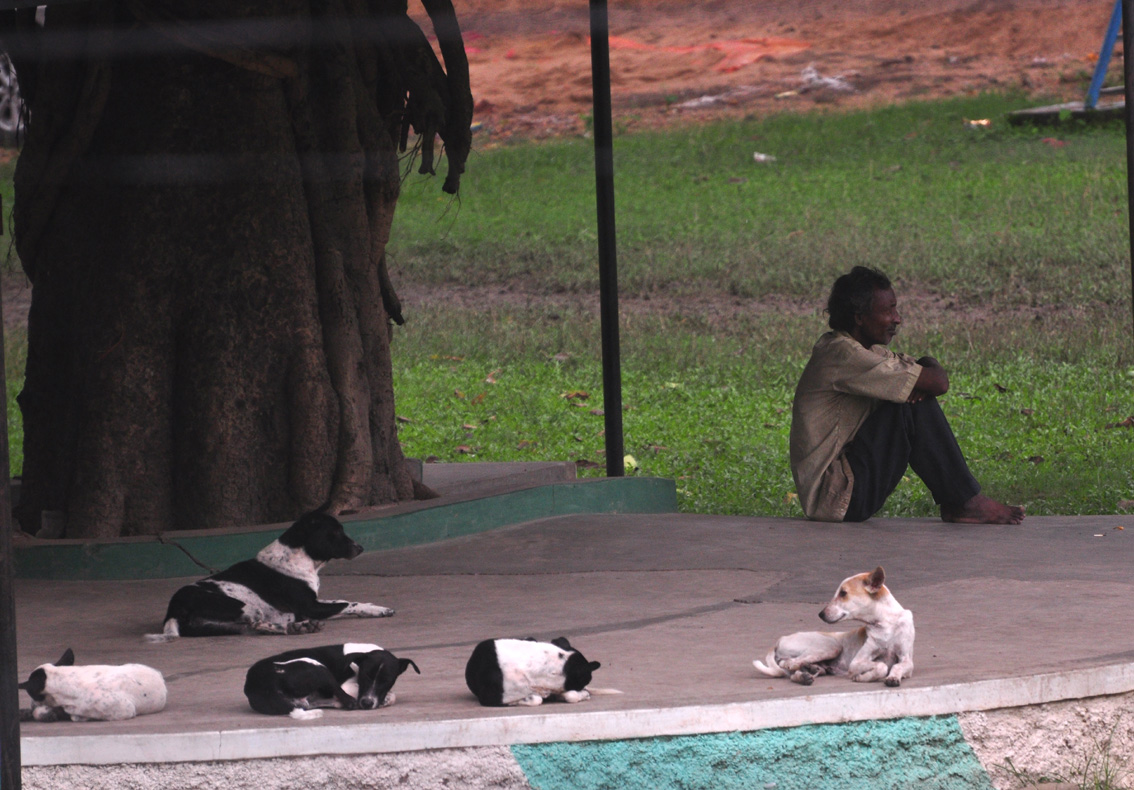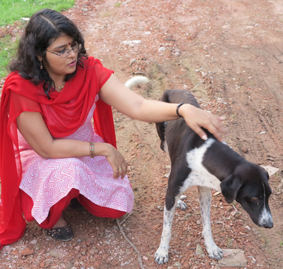




PHOTOS/VIDEOS

FRIENDS


In my second year of Bachelor's, our teacher Dr. Silanjan Bhattacharyya (SjB) organized the compulsory field trip, and for the first time in about 30 years, the field site changed, as did many other traditions. We were led to the Western Ghats and introduced to the "real" field study - where one doesn't just collect samples and bring them back home (or rather, to the college) like trophies, but attempts to understand nature by mingling with the habitat and exploring biodiversity. But even before we were exposed to the fantastic world of natural history, we were taken to IISc, to spend the large part of the day at the CES, and to see for ourselves how real scientists do science. It was love at first sight for me - from the moment we entered the gate and waited in a light drizzle for our host from CES to come and collect us, I was completely taken by the sheer beauty of the campus. While some of my friends cribbed about the rain and others about the waiting, all I wanted to do was gaze around me, at the greenery, the stonework, the tower in the distance and the silent avenue with the occasional cyclist or car that seemed to beckon me inside.
At CES, we were taken to the Seminar Hall, and we began the day with a lecture by none other than Prof. Gadgil. We met several people, both students and faculty, and were treated so warmly by one and all that we were quite overwhelmed; it took me several more years to know that CES treats everyone with warmth. Though we were quite awestruck by all the talks we heard that day and the labs we visited, I was completely bowled over by one particular talk, and I could not help popping up every now and then to ask questions. On returning to Kolkata, I bought his newly published book, read it from cover to cover, and told myself that I wanted to do a PhD with him. Four years later, I turned up at CES again, this time to face the PhD interviews. It was a dream come true when I finally received the offer letter from CES, and without a second thought I turned up at Prof. Raghavendra Gadagkar's lab, ready to spend a few years watching wasps. Here I spent the best years of my life, getting trained as a behavioural biologist, but more importantly, in the philosophy of science.
I worked on the politics of the social wasp Ropalidia marginata, and my PhD was a great experience. I thoroughly enjoyed the intellectual challenge of designing experiments to tease secrets out of the wasps, under the wonderful guidance of Prof. Gadagkar (RG). My efforts were greatly rewarded by the INSA Young Scientist Award in 2009. However, after spending six years for my PhD, and then some more time as a postdoc, I was ready to move on, in spite of my great love for the wasps and the lab. I was keen on working in India eventually, but was considering going abroad for a postdoc, following the norm of the day. RG suggested that I should try applying to the IISERs, and I began working on a research proposal of my own. Things fell into place all too soon, and I shifted base to IISER Kolkata seamlessly, moving from the wasps to a completely new model system - the free-ranging dogs.
|

